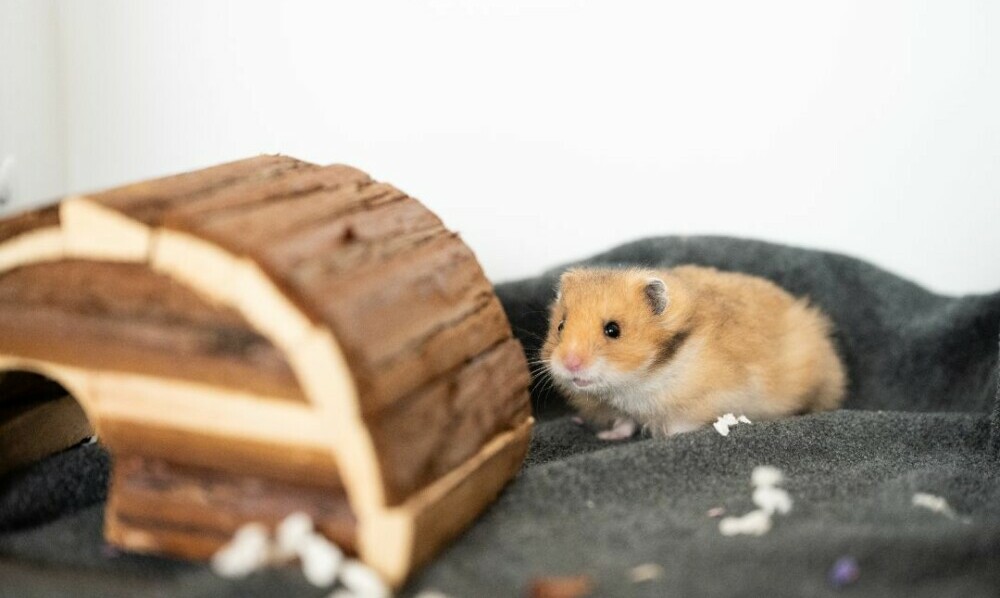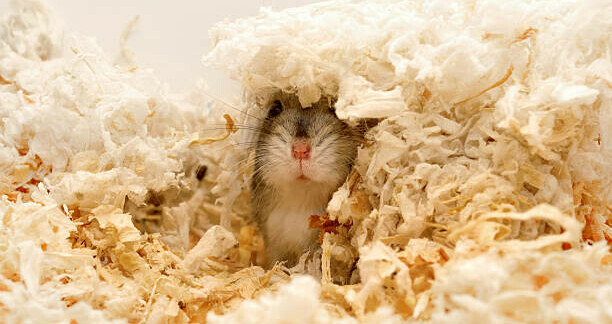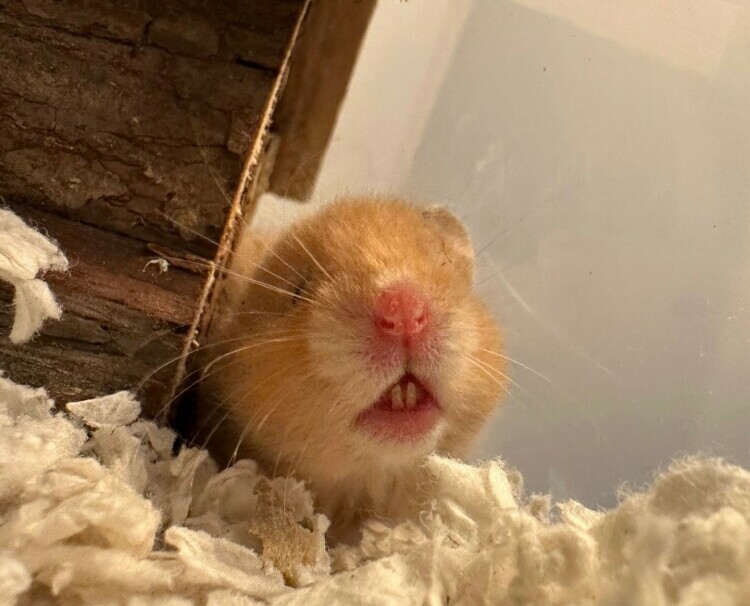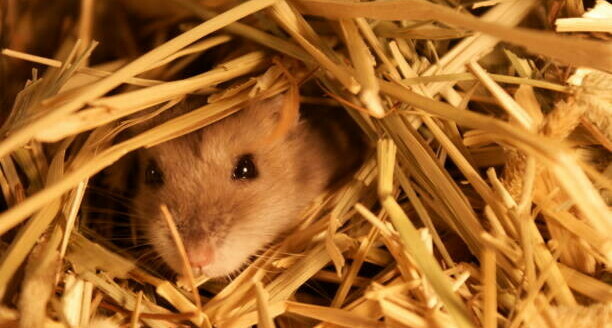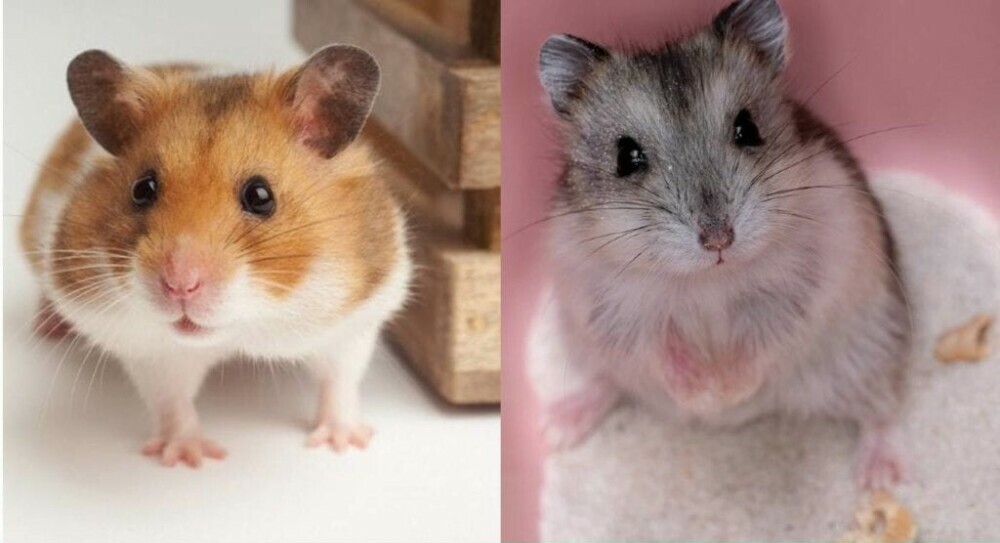
If you’re fascinated by the less-traveled road of pet ownership, you might find yourself intrigued by the world of rare hamster breeds. These aren’t your everyday pet store fare; these exotic hamsters come with their own special allure and set of challenges.
Choosing to care for one of these uncommon hamster types goes beyond mere aesthetics; it’s about understanding and catering to the specific needs of these unique hamster species. From the fast and tiny Roborovski to the large and striking European Hamster, each breed requires a specialized approach.
In this introduction, you’re going to find out about the charm and challenges that come with owning a rare breed. We’ll explore why these hamsters pique the interest of enthusiasts around the world, and what it takes to keep them healthy and happy.
Just don’t focus too much on perfection as you embark on this journey. Remember, rare hamster breeds are more than just a conversation starter. They are living creatures that deserve our respect and care. And as we dive deeper into their world, you’ll get a closer look at each breed’s distinct characteristics, natural habitats, and individual care requirements that are crucial for any prospective or current owner to know. So, let’s explore the fascinating profiles of these rare breeds and what makes each one so special.
Delving into Exclusivity: Profiles of Rare Hamster Breeds
You’re going to find out about some of the most exotic and lesser-known hamster breeds, each with their own distinctive features and personalities. These rare breeds are not your average pet store finds and may require some extra effort to locate from specialty breeders or exotic pet shops.
First up, meet the Roborovski Hamster, often referred to simply as the Robo Hamster. With adults reaching just 4-5 cm in length, these pint-sized pets are the smallest of the bunch, known for their incredible speed and agility. Don’t let their size fool you; these little guys pack plenty of personality! Their sandy-colored fur with a white belly and absence of a dorsal stripe gives them a unique appearance that’s just as charming as their lively antics.
Now, let’s talk about the Chinese Hamster. If you’ve mistaken them for mice before, you’re not alone. Their long tail and slender body make them distinct from the typical hamster silhouette. But it’s not just their looks that set them apart – they’re friendlier, easier to tame, and are less prone to certain health issues like diabetes compared to other breeds. Keeping a Chinese Hamster happy means providing ample space to match their active lives.
Then there’s the imposing European Hamster, with their eye-catching black fur and large stature of up to 35 cm – much bigger than what many imagine a hamster to be. Unfortunately, they’re not only rare in captivity, their wild counterparts are endangered, making them a rare sight indeed and a talking point on the responsibility of pet ownership.
The Campbell’s Dwarf Hamster is another uncommon find. While they share similarities with the Winter White Dwarf Hamster, keen eyes will notice the variation in their fur patterns and colors. Although social and easier to breed, they do require attentive care to manage health issues that they’re predisposed to.
Speaking of the Winter White Dwarf Hamster, also known as the Siberian Hamster, they are a marvel in their own right. Renowned for their seasonal color change to a pristine white in colder months, they offer a glimpse into the adaptive wonders of nature. Just like the Campbell’s, however, they need a carefully moderated diet to avoid health pitfalls.
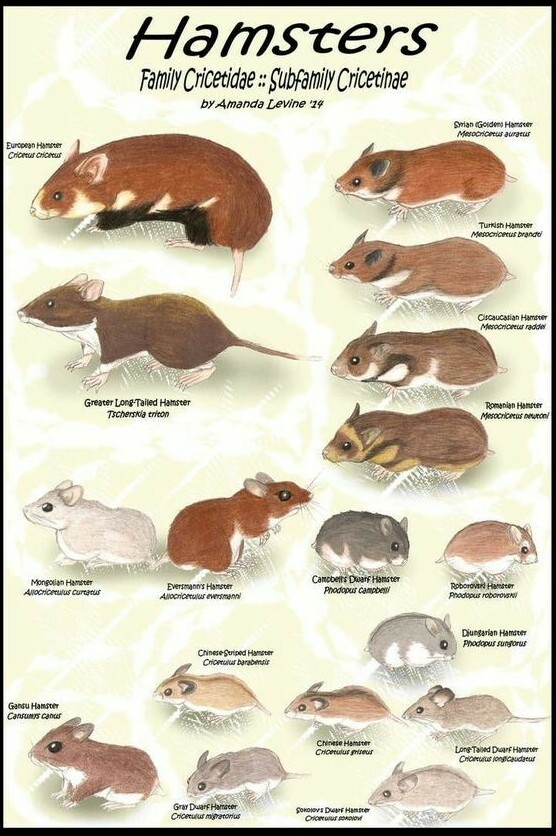
Caring for Your Uncommon Companion: Exotic Hamster Husbandry
So, you’re intrigued by the lively personality of the Roborovski or the regal appearance of the European Hamster? Adopting one of these rare furballs isn’t just about the bragging rights; it’s a commitment to their well-being and happiness. Before you bring one home, I’m here to help you with the ins and outs of creating the perfect environment for your new companion.
Let’s start with the sprightly Roborovski Hamster. These tiny athletes require ample space to dash, play, and explore. Investing in a spacious enclosure with plenty of enrichment items like wheels and tunnels is a must. And don’t forget, Roborovski Hamster care extends beyond the physical habitat. Social interaction, though they may be skittish, contributes to their well-being.
On the flip side, you’ll want to consider the health concerns that Campbell’s Dwarf and Winter White Hamsters face. They’re particularly prone to diabetes, so meticulous attention to their diet is crucial. Offset the risks by offering a balanced feeding regimen and monitoring their weight and water intake. Choose something that resonates with you, whether it’s a complex variety of seeds and vegetables or a simple, commercially-prepared, sugar-free diet.
Crafting a cosy corner for a European Hamster incorporates a different set of challenges, as they revel in spacious and complex environments that mimic their wild habitats. Think about installing deep bedding for burrowing and hiding spaces to cater to their natural behaviors. They’re not your standard pet-store hamster, and their care will lean towards the more advanced end of the spectrum.
You’re going to find out about health and well-being next, which is absolutely paramount. Just like us, these tiny creatures require regular health checks and swift veterinary care when issues arise. Having a vet familiar with exotic pets is beneficial; routine check-ups can catch any health concerns early, ensuring that your rare breed lives a full and happy life.

Health and Welfare: Addressing Rare Hamster Health Issues
When it comes to tending to rare hamster breeds, you’re going to find out about a raft of health issues unique to these little critters. I’m here to help you understand the complexities of their wellbeing and get a handle on keeping your hamster happy and healthy.
Diabetes is a sneaky health problem, especially prevalent in breeds like Campbell’s Dwarf and Winter White Hamsters. If you want to keep these pets at their best, it’s vital to nail down a diet that’s high in fiber and low in sugar — and don’t worry too much about the occasional treat, just make sure it’s suitable for diabetic hamsters.
Stress and boredom can wreak havoc on your hamster’s health as well, leading to behaviors like cage-biting and overgrooming. By providing a stimulating environment packed with tunnels, nesting materials, and exercise options like wheels, you can keep their body and brain engaged.
Now, securing the right veterinary care is paramount. These tiny beings require specialists knowledgeable in exotic pet care, ready to tackle anything from dental issues to respiratory infections. It’s not always easy finding a vet versed in rare hamster health issues, but it’s an essential search for your pet’s longevity.
Regular health checks are no small matter, either. With potential health issues lurking, a watchful eye on any changes in behavior or appearance could head off serious ailments down the road. So, choose a vet who gets the nuances of your specific breed. This could be a game-changer in managing health issues before they become dire.

Beyond the Cage: The Conservation and Ethical Implications
I’m going to wrap up our journey through the fascinating world of rare hamster breeds by stepping beyond the confines of typical pet care. You’re going to find out about the larger picture – the conservation challenges and ethical considerations that come with caring for these uncommon creatures.
With some species like the European Hamster classified as endangered in the wild, it’s clear that our love for these small pets carries weight beyond our homes. The rare breeds that charm us with their unique characteristics and behaviors are often the ones facing significant threats in their natural habitats.
In my opinion, the role of a responsible pet owner doesn’t stop at providing a clean cage or fresh food. It extends to understanding the origins of our pets and the impacts our choices have on their wild counterparts. Choosing something that resonates with you and the welfare of the species is crucial.
While keeping a rare hamster might be a source of joy and fascination, it’s important to also consider the species’ survival in the wild. By supporting conservation efforts, you contribute to the protection of these hamsters’ natural environments and ensure that future generations can enjoy their presence, both in captivity and in the wild.
Ethically speaking, it’s important to source your rare pets from reputable breeders or rescues that prioritize the hamsters’ well-being. This approach helps reduce the demand on wild populations and supports healthy, sustainable breeding practices.
So my question to you today is, how can you be a part of the solution? Perhaps it starts with education, informing yourself and others about rare hamster breeds and their specific needs. Or maybe it’s about choosing pets that are less impacted by the exotic pet trade. Whatever path you choose, remember that animal welfare and conservation should always be at the heart of pet ownership.
I’d love to hear your feedback on this topic. If you’re a current or prospective rare hamster owner, how do you approach these ethical considerations? Share your thoughts and let’s continue to support these adorable, yet vulnerable, members of the animal kingdom.
Also, under this post I put a lovely video about hamster species I hope you enjoy

